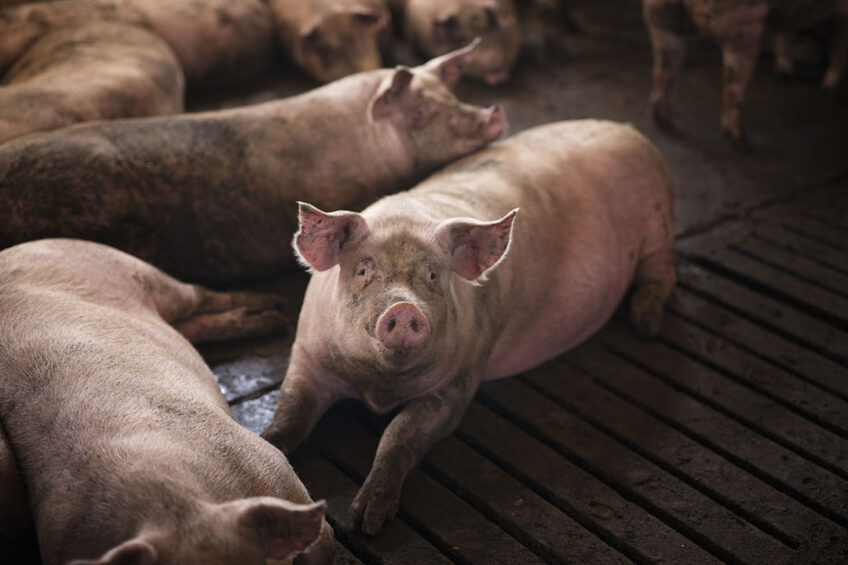May 24, 2025 | 16:29 GMT +7
May 24, 2025 | 16:29 GMT +7
Hotline: 0913.378.918
May 24, 2025 | 16:29 GMT +7
Hotline: 0913.378.918
According to Rabobank’s latest quarterly pork report, global trade is expected to weaken after a strong first half of the year.

According to the latest Rabobank quarterly pork report, global pork markets are being influenced by sluggish economic growth, weak consumption, and recurrent disease outbreaks. Photo: Aleksandarlittlewolf.
While sluggish economic growth has been impacting consumers around the globe, pork continues to hold a relatively stable position on consumers’ plates, notes Rabobank’s report.
Chenjun Pan, senior analyst Animal Protein at Rabobank, explains that performance varies from region to region. “In Europe, pork consumption remains under pressure due to ongoing high prices. In the US, demand was slightly below expectations to start the summer, as uncooperative weather and poor air quality challenged the start of the grilling season. And in China, pork consumption remains weak due to the underperforming economy and heat waves across the country.”
While pork trade was relatively strong in the first half of 2023, driven primarily by an increase in imports in China, Pan expects that, for the second half of 2023, global trade will weaken. “Inventories of frozen pork are high in China due to weak consumption, pressuring imports. Also, tighter supply in the EU restricts shipments out of the region,” said Pan.
The Rabobank report highlights that pork supply in the EU and UK declined in the first 4 months of 2023, with some countries seeing falls at double-digit rates. This tight supply supports high prices, which, in turn, pressured consumption.
Meanwhile, in China, pork supply continues to exceed demand, pressuring prices and causing multiple-month losses for producers. Rabobank adds that liquidation of the sow herd in the country will continue in the second half of the year.
The US is also seeing plentiful supply, where producers have relatively healthy balance sheets after 2 years of outsized profits. Given projected losses, however, Rababank expects US herd liquidation to ramp up into 2024.
Pork supply is also challenged by volatile feed prices and relatively low stocks. Corn and soybean prices were volatile entering July due to weather issues, Black Sea grain corridor uncertainty, and the smaller-than-expected soy planted areas and larger-than-expected corn areas in the US.
Pan expects feed prices to soften in Q3. “While there is some room for prices to drop further in the coming months, they will stay above pre-Covid levels,” said Pan, adding that Rabobank expects a modest improvement in production costs in the second half of 2023 “as productivity improvements likely offset feed cost volatilities”.
Pan noted that African Swine Fever continues to impact production in Asia and Europe and is persistent in some regions. In Spain, Porcine Reproductive and Respiratory Syndrome remains a challenge.
(PP)

(VAN) Alt Carbon has raised $12 million in a seed round as it plans to scale its carbon dioxide removal work in the South Asian nation.

(VAN) Attempts to bring down the price of the Japanese staple have had little effect amid a cost-of-living crisis.

(VAN) Fourth most important food crop in peril as Latin America and Caribbean suffer from slow-onset climate disaster.

(VAN) Shifting market dynamics and the noise around new legislation has propelled Trouw Nutrition’s research around early life nutrition in poultry. Today, it continues to be a key area of research.

(VAN) India is concerned about its food security and the livelihoods of its farmers if more US food imports are allowed.

(VAN) FAO's Director-General emphasises the need to work together to transform agrifood systems.

(VAN) Europe is facing its worst outbreak of foot-and-mouth since the start of the century.